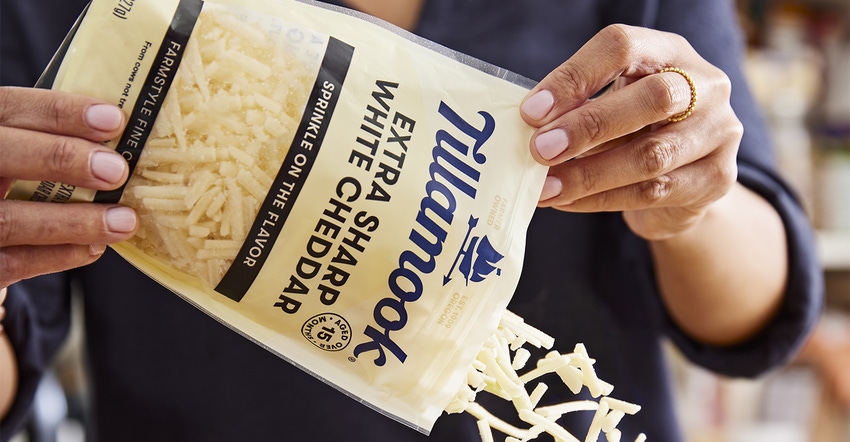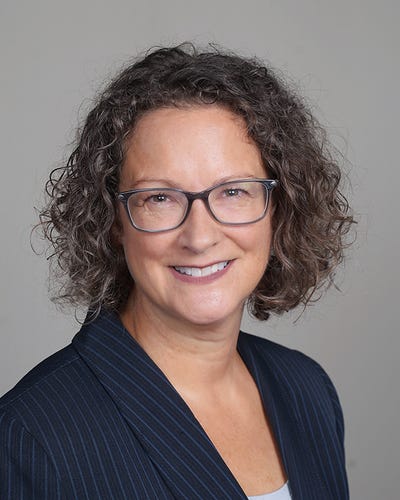3 Reasons to Reassess Reclosable Flexible Packaging Now
Reclosable features add convenience, prolong shelf life, and reduce food waste while offering tactile and audible engagement.
May 4, 2022

Reclosable packaging for beverages evolved over the years sparked by 1950s patent filings. The 1970s brought roll-on closure options to beverages while the 1980s saw twist on-off closures go from high-density-polyethylene (HDPE) to polypropylene (PP) components on semi-rigid beverage cartons.
Current movement in beverage packaging is toward tethered closures to ensure that the cap remains with the container after use for recycling while preventing the cap from becoming waste or litter.
In the packaged foods market, today's consumers are increasingly expecting reclosure with popular flexible packaging. There are three major reasons why that's happening…
1. The business case is strong: consumers save money with reclosable packaging.
Reclosable packaging inhibits lipid oxidation, moisture loss/gain, and microbial growth by limiting oxygen, water vapor, and microbial contact while retaining food flavor and aroma. This translates to a longer shelf life by consumers simply reclosing the packaging.
The business case for reclose features are brand- and product-specific. Reclosability can be a “must-have” at the top of the switching criteria hierarchy. In this scenario, the business case is strong because more consumers will switch to a product featuring reclosable packaging.
Investment in an optimal reseal feature drives sales or may simply be required for category entry.
As food prices rise, reclosable features migrate from high-value goods to lower-value products. For example, brands that invest in reclose features to protect high-value meat find that only 9% of meat is wasted after consumer purchase.
Consumers are offered an array of reclosing solutions including peel and reseal lidding on meat trays and reclosable semirigid tubs for deli meat that retain meat quality after purchase. The business case for reclosable packaging is strong in many categories.
2. Clearly communicates to consumers the role of packaging in food-waste prevention.
Dairy companies, such as the 113-year-old farmer-owned cooperative Tillamook, are investing in packaging that prevents food waste as part of their sustainability goals. In the video above, Shivira Choudhary, environment and community impact manager at Tillamook, explains. “Creating a package in a way that can be resealed easily and effectively helps prevent food waste and alleviates environmental impacts."
Communicating the extended shelf life with a reclose feature increases brand value. Steve Marko, Tillamook’s senior director of research and development, provides more context. “Tillamook innovated to make the reclosure for cheese shred bags to be both ‘audible & tactile’ so the consumer could easily tell if the package was securely sealed. Easing the pain point for the consumer directly related to more successful closures, repeat purchases, and less food waste.”
3. Reclosable flexible packaging is ready for implementation.
There’s little excuse not to have reclosure on flexible packaging in 2022. A variety of reclosable features are widely available via essentially the three approaches shown below.
Selected Packaging Reclosure Providers |
Applied by Converter Prior to Arrival at Brand Manufacturer |
Applied to film stock and stand-up pouches |
|
|
Applied Inline by Brands |
Onsite applications |
|
Keeping pace with consumer needs — and better yet, their desires — is a continual challenge in packaging where reclose features are one way that packaging can both prevent food waste and gain consumers. Reclose and other packaging solutions to prevent consumer-derived food waste will be shared at the ReFED Food Waste Summit.
Claire Sand has 30+ years of experience in industry and academia. She’s owner of Packaging Technology and Research and Gazelle Mobile Packaging and an Adjunct Professor, CalPoly, Michigan State University, and the University of Minnesota. You can reach her at www.packagingtechnologyandresearch.com or via email [email protected].
About the Author(s)
You May Also Like




